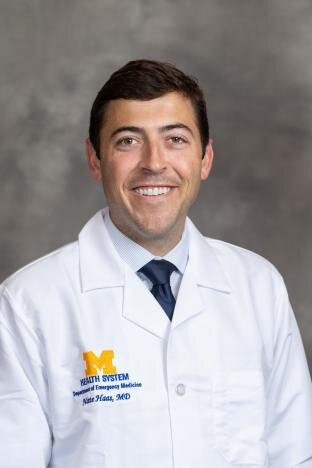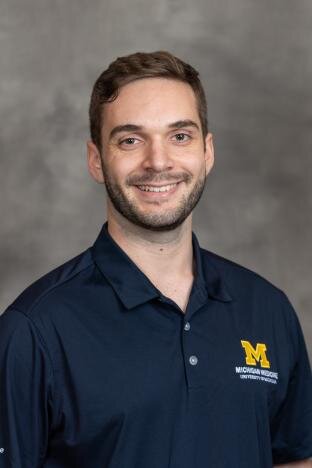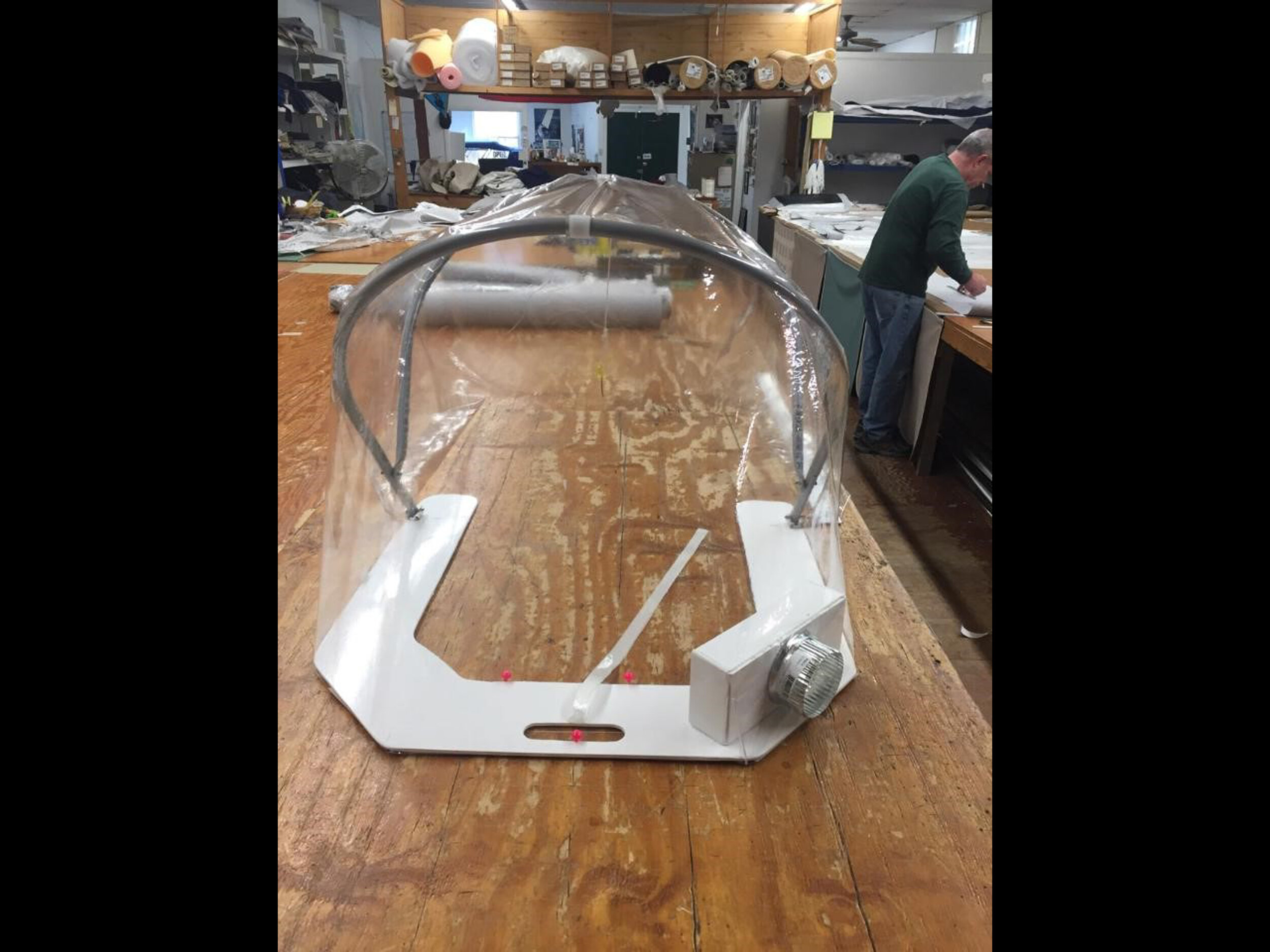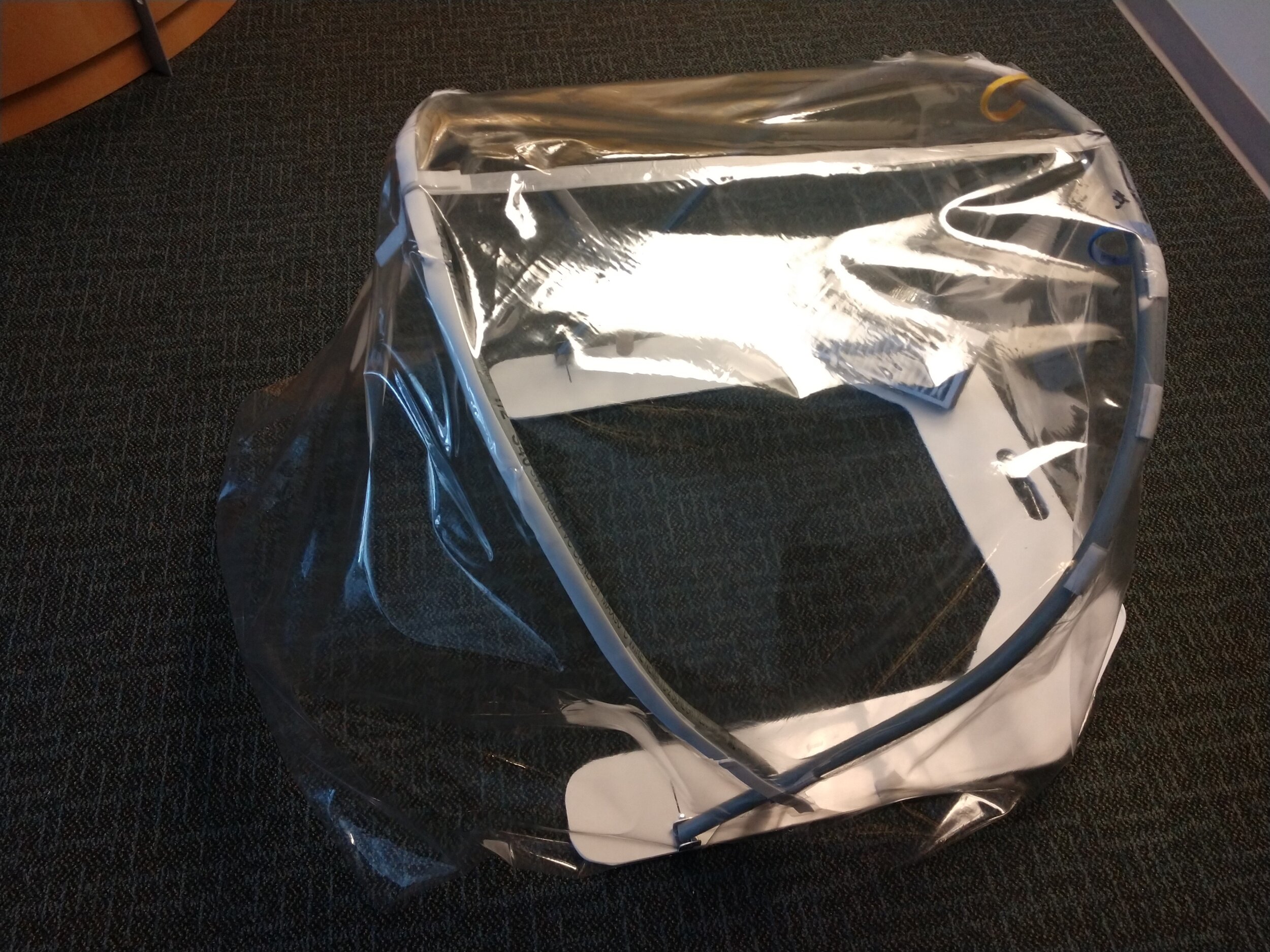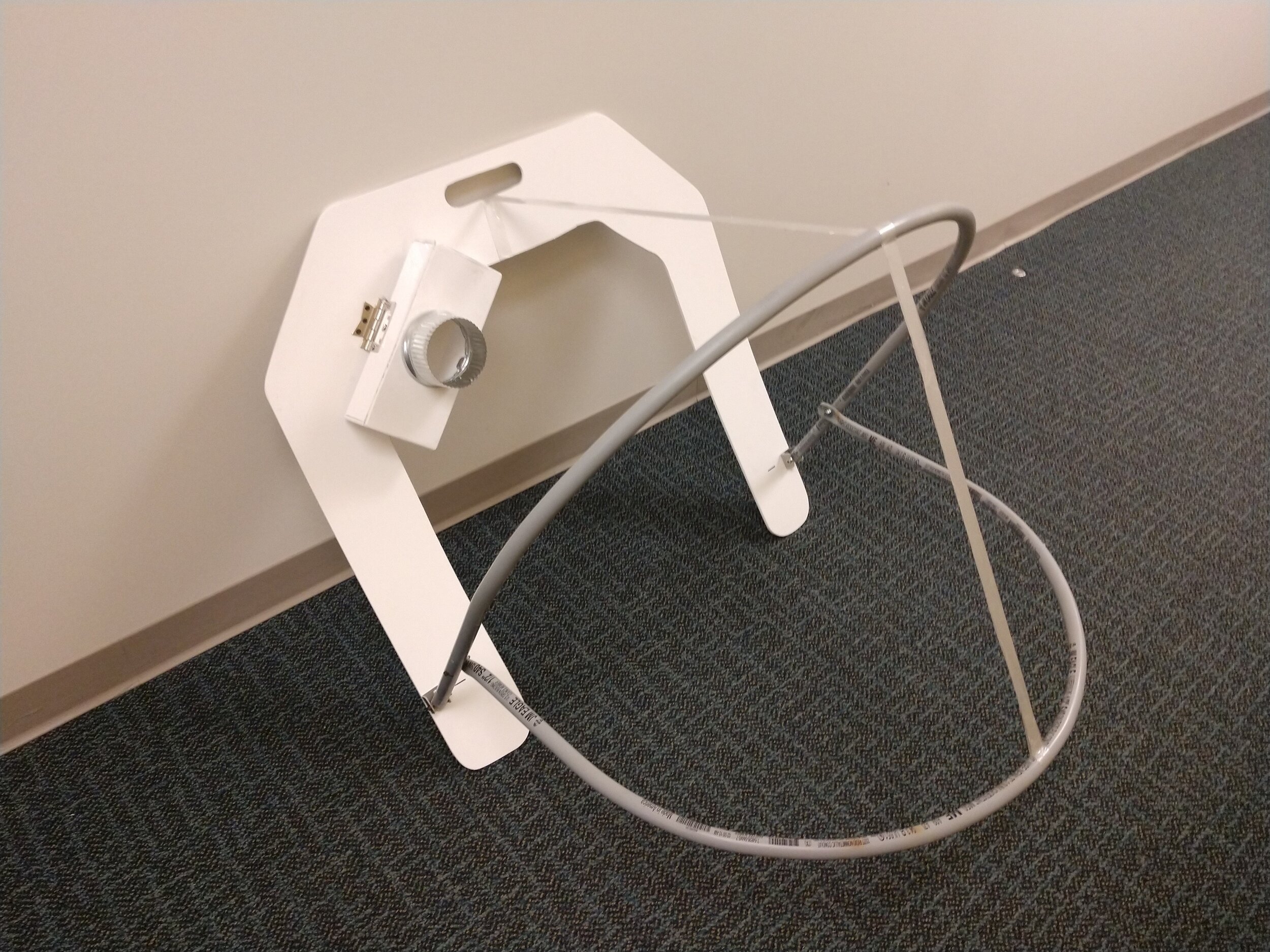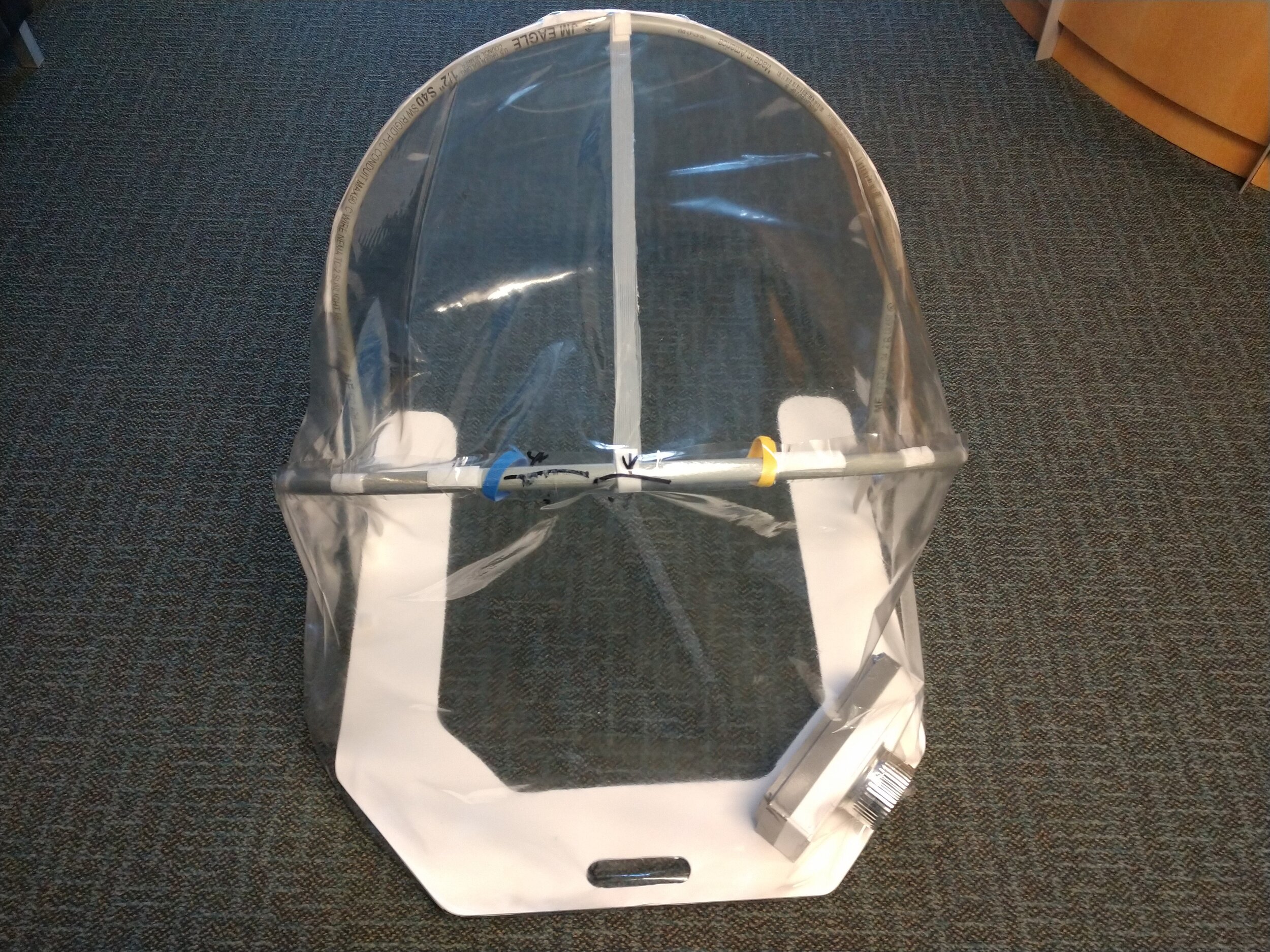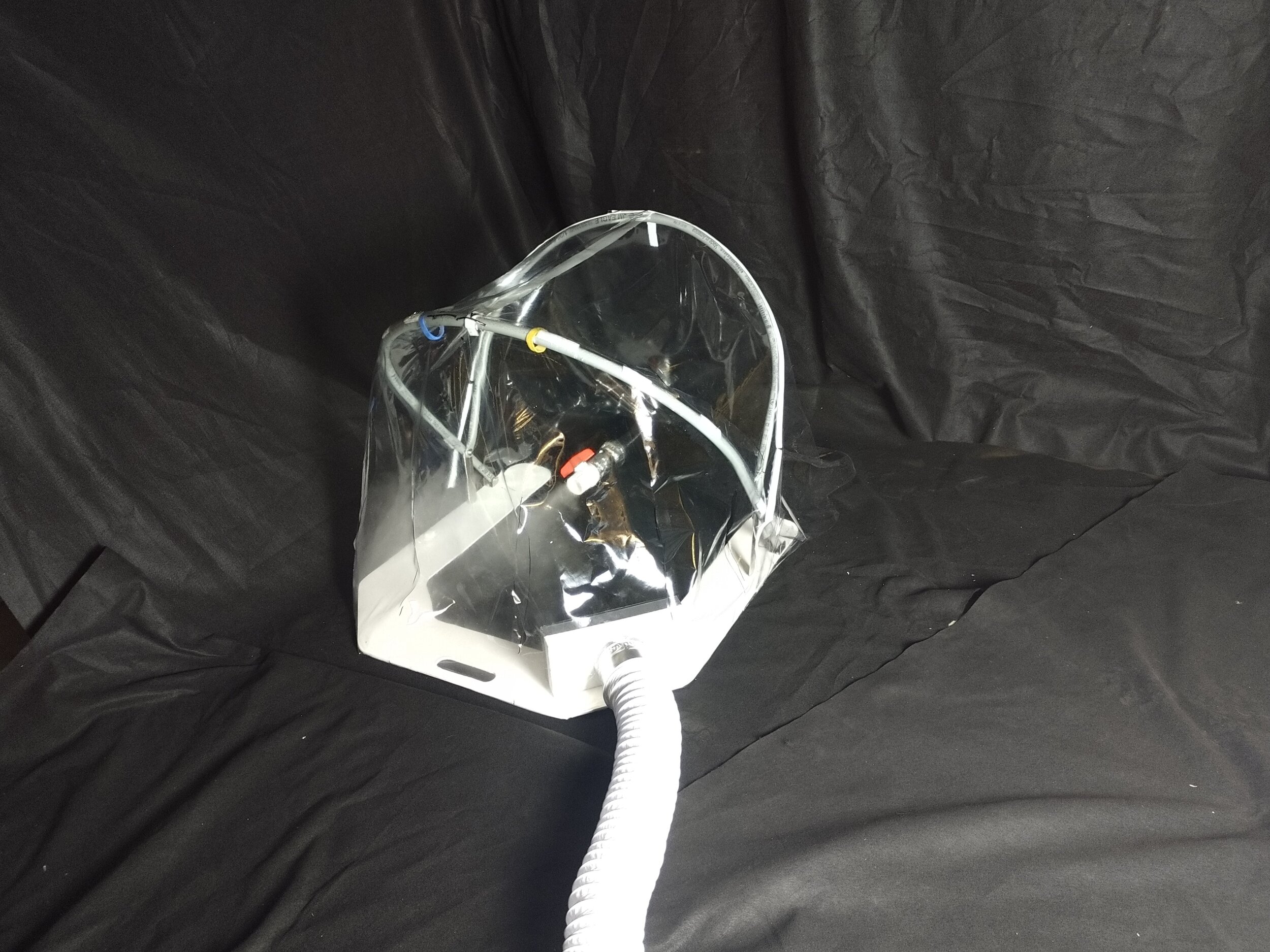“As we move past the surge and into the tail of COVID-19 at Michigan Medicine, it is vital that we discover innovative ways to provide high quality care and the safest way possible. I strongly believe that the AerosolVE Tent will be a tremendous asset to both the patients as well as the health system.”
Significant Need
Transmitted via respiratory droplets, the COVID-19 virus is highly contagious, placing healthcare workers at increased risk in the absence of adequate precautions. At the same time, the COVID-19 pandemic is rapidly straining hospital and ICU resources, including ventilator utilization and negative pressure room allocation.
There is a demonstrated need to develop a novel system which is capable of protecting healthcare workers during aerosol generating procedures (AGP) to limit virus transmission as well as provide adequate and safe patient care. While numerous “intubation boxes” have been proposed to reduce risk associated with intubation, none solve the myriad of other issues that emergency and critical care health providers face.
Solution
To address this need, Weil Institute members collaborated with FlexSys, Inc. of Ann Arbor, MI to develop a portable negative pressure procedural tent that circulates and removes air—including droplets exhaled by the patient—through an attached vacuum motor and HEPA filter before being released into the room. Unique to this innovation is the additional application of multiple access points in the tent to allow a greater number of procedures than prior proposed solutions.
The structure is completely portable and allows real-time manipulation of the patient. It keeps the providers separated and protected from the virus, but also allows contact and support for procedures, mitigating the need for additional negative pressure rooms. The entire apparatus is disposable and single patient use, with the exception of the manifold base which can be cleaned and re-used.
Competitive Advantage
Comfortable: allows the patient to be supine, semi-recumbent, or seated upright
Mitigates additional negative pressure rooms
Improved confidence and comfort among healthcare workers
Allows for a greater number of patient procedures than other proposed solutions
Prevents aerosolization
Affordable
Protects Health Care Workers
Transportable across care environments
SUPPORTED AG PROCEDURES (AGP)
Heated High-Flow Nasal Cannula (HHFNC)
Non-Invasive Ventilation (NIV)
Airway management
Extubation
Bronchoscopy
Tracheostomy
Chest compressions associated with CPR
Aerosolve in Action
Aerosolve in the Media
This project is a collaboration between the Weil Institute and FlexSys, Inc.
2205D Commonwealth Blvd | Ann Arbor, MI 48105
flexinfo@flxsys.com | (734) 975-9233
Disclosures
FlexSys, Inc. is a startup from the University of Michigan. Dr. Sridhar Kota holds equity in FlexSys, Inc.





